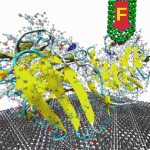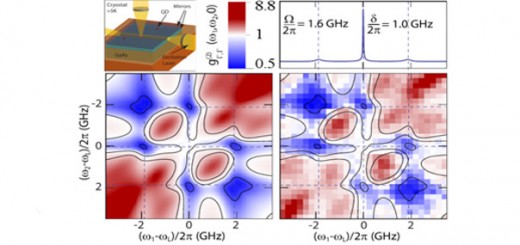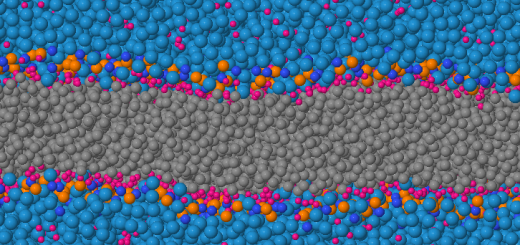Force-for-Future – Advanced Force Technology for Future Nanomechanics and Nanomedicine
 Title: Force-for-Future – Advanced Force Technology for Future Nanomechanics and Nanomedicine
Title: Force-for-Future – Advanced Force Technology for Future Nanomechanics and Nanomedicine
Funding Agency: Consolider-Ingenio Programme (MINECO, Spain).
Duration: January 2011 – December 2015.
Principal Investigator: Rubén Pérez.
Description:
The development of instruments and methodologies to explore the nanoscale is critical to expand our knowledge at the molecular level. That knowledge will eventually lead to technologies that have the ability to image, modify, characterize, interface and process nanoscale systems with a broad range of applications from nanolectronics to clinical research and diagnosis. Force-for-future contains an integrated approach to develop a new paradigm in Force Microscopy (AFM) that will improve the spatial resolution and material properties sensitivity of the instrument at the molecular level in air, vacuum or liquid of a wide variety of materials from cells, proteins and semiconductors. Furthermore, the project will develop multiscale computational codes to convert experimental data at the nanoscale into relevant information about mechanical and electronic properties. At the same time, the project explores applications in two fields with promising technological or health implications: nanomechanics and biomedicine. In particular, the project will anticipate future applications of nano-microscopies in clinical diagnosis. The ability of the AFM for high resolution imaging of soft materials in physiological conditions makes this instrument as a potential candidate for clinical diagnosis.
Our SPMTH research group at UAM is going to develop protocols based on steered molecular-dynamics (MD) simulations with well-established classical potentials (AMBER), with the aim of understanding: (i) protein adsorption on surfaces; (ii) the connection between the local effective elastic properties measured with AFM and the real atomistic deformation mechanisms used by large proteins (like human antibodies) to release the stress created by the tip; and (iii) the role of water in the conformation of biological material and its atomic scale characterization with AFM.
Read more on the SPMTH’s web site: www.uam.es/spmth



















